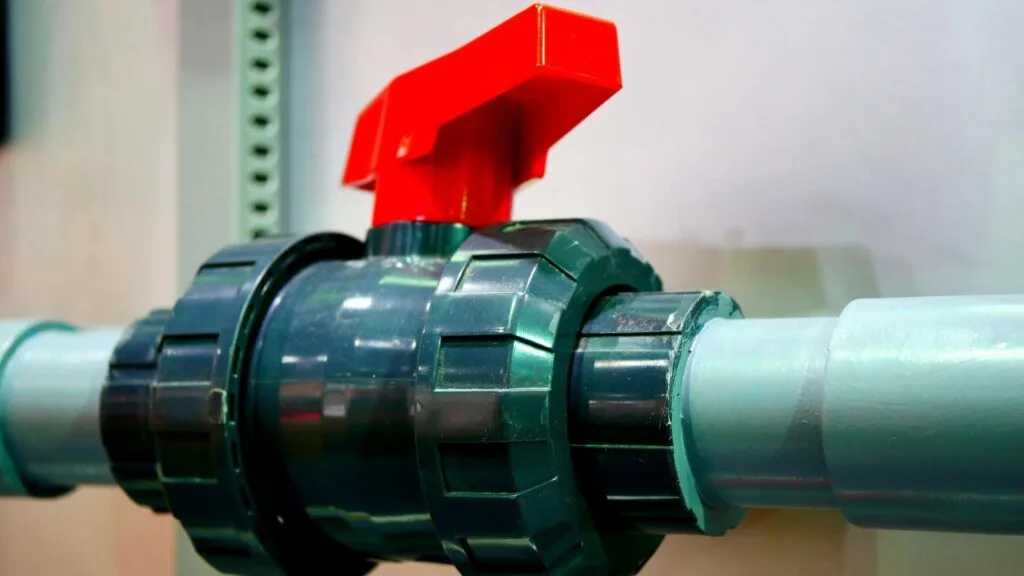A proportional flow control valve is used to control the flow fluid rate by varying the size of resistance, which acts as a hindrance in the output flow of fluid. Proportional valves have two advantages over ordinary valves: they can control the pressure in applications where output flow varies either in steps or continuously. Step output pressure means the pressure will hold at one value before pressure is increased to another value, whereas in continuous output pressure, the pressure continuously increases at a set rate.

Usually, it is a solenoid-operated pinch valve which is interconnected. The output of one valve is an input of another. Solenoid-controlled valves are usually programmable, on board diagnostics, which make them suitable for industry 4.0 system design.
What are the advantages of proportional solenoid valves?
The valve is a hydraulic valve that is designed to regulate the flow rate of fluid in proportion to an electrical input signal. Since it is a solenoid-operated valve, this type of valve is famous for its use in various hydraulic systems for precise control of the speed and position of hydraulic actuators. Here are a few advantages of proportional flow control valves:
- Precise control
The main benefit of proportional solenoid valve is its ability to control the flow rate at output precisely. It can control the flow rate of hydraulic fluid precisely over other types of valves. It is used in applications where precise control of fluid is crucial, such as in controlling the oxygen pressure of a ventilator or in other industrial uses.
- Wide range of flow rate
These proportional solenoid valves are designed for a wide range of applications. It can provide a wide range of pressure control ranges. A smooth, accurate movement of hydraulic actuators is obtained from precisely controlling the flow of hydraulic fluid.
- Energy Efficient
These proportional valves are energy efficient. they adjust the flow rate based on the requirements of the system thus reducing unnecessary energy consumption, especially in applications where load conditions are varying
- Dynamic Response
The response time of these proportional solenoid valves is fast, which allows them to quickly adjust the output pressure on receiving input signals. Due to dynamic response, solenoid valves with flow control are preferred to use where rapid flow change is needed.
- Overall system performance
The overall efficiency of the system improves by installing these valves for controlling the flow of fluid. These valves provide precise and accurate control of a system, which leads to enhanced system efficiency and productivity.
- Flexibility in System Design
In hydraulic system designing, these proportional valves provide ease to designers or engineers. These valves are precise and have a wide range available in the market. These can be merged into various hydraulic circuits to meet specific requirements. Thus, the overall system is optimized.
- Heat reduction
Commonly used flow control valves restrict fluid flow, which creates a differential pressure. In this way, heat is generated, whereas in a proportional control valve, a smooth and controlled flow is maintained which reduces heat generation. A reduction of heat improves the efficiency of a system.
Conclusion
These low-flow valves can offer precision and efficiency in their control of the hydraulic system thus making them superior over other types of manually controlled valves. It is used in applications where accurate flow regulation is essential. They improve the system’s overall efficiency and provide flexibility as it has a wide range of flow control available.

Jessi is the creative mind behind The Coffee Mom, a popular blog that combines parenting advice, travel tips, and a love for all things Disney. As a trusted Disney influencer and passionate storyteller, Jessi’s authentic insights and relatable content resonate with readers worldwide.
